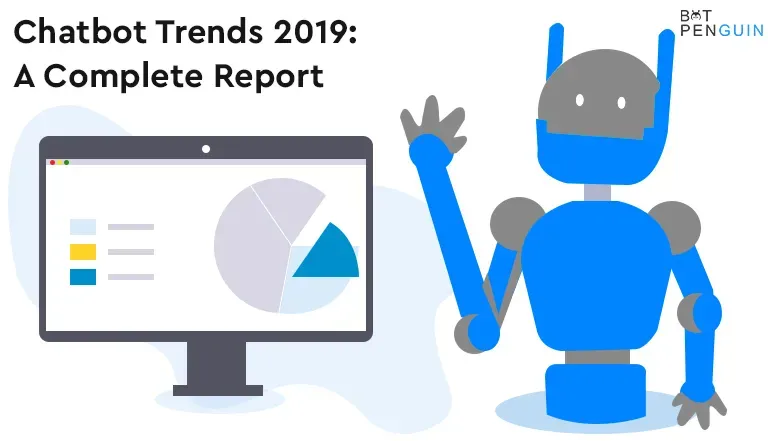Admit it, we've all been intrigued by the uncanny ability of ChatGPT to respond accurately to our questions.
AI chatbot utilization has soared, with up to 85% of customer interactions predicted to be managed without a human by 2025.
But how exactly does your friendly chatbot learn to communicate so effectively?
In this blog, we'll walk you through how ChatGPT learns to write, converse, reason and respond contextually.
You'll learn how massive datasets enable ChatGPT to acquire world knowledge, while complex algorithms like transformer networks and reinforcement learning allow it to use that knowledge helpfully. Its training methodology leverages scalable cloud infrastructure to continually learn from human feedback.
So let's peel back the curtain on ChatGPT's remarkable inner workings and dive in!
What is ChatGPT?
ChatGPT is a chatbot powered by OpenAI, and it's currently renowned as one of the industry's leading conversational AI models. Unlike traditional chatbots that strictly rely on pre-set interactions to communicate with users, ChatGPT uses an entirely different approach.
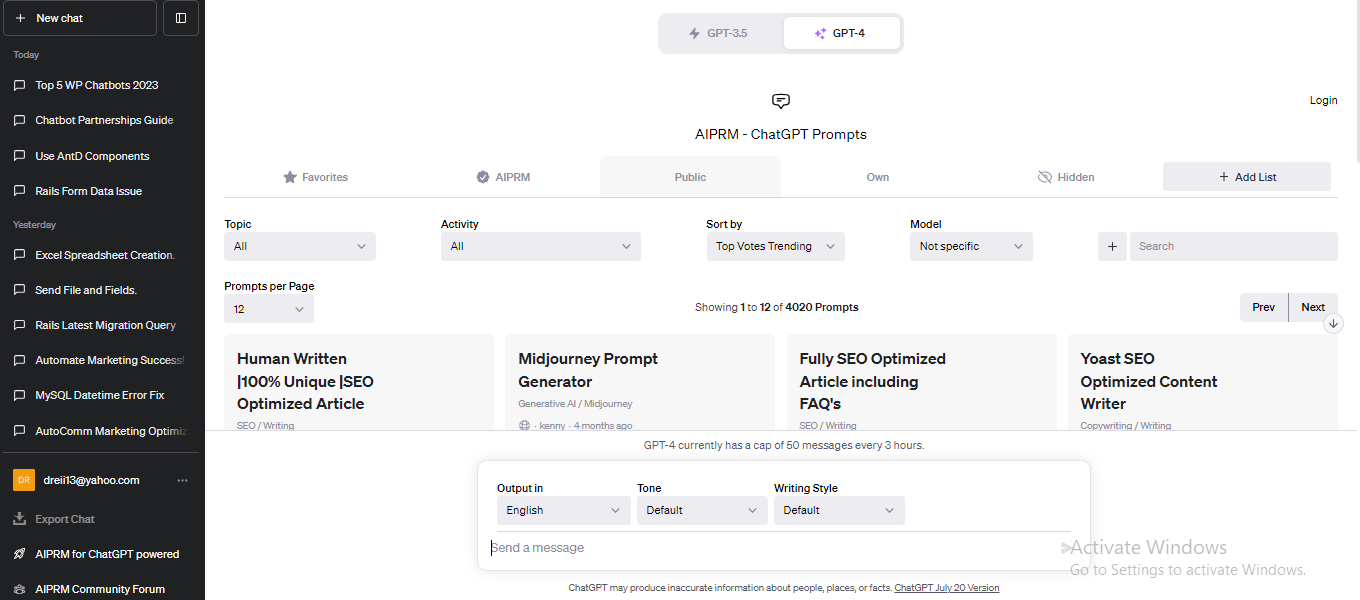
It's pre-trained with enormous text data to allow for more natural, fluid communication with users than any other AI system. With ChatGPT, you can initiate a seamless, human-like conversation around virtually any topic.
It has a robust deep neural network capable of predicting forthcoming words, phrases, and sentences. ChatGPT can change the way we communicate and interact with technology significantly.
With GPT's (the framework that powers ChatGPT) conversational abilities, ChatGPT offers a unique, customizable chat experience. It has adaption for customer service, education, and more applications.
You can get different ChatGPT Solutions for your AI requirement Today!
- Whitelabel ChatGPT
- Hire ChatGPT Developers
- Custom ChatGPT Plugins
- Hire Chatbot Developers
- Custom Chatbot Development
- ChatGPT Clone
- ChatGPT Consultant
Training of ChatGPT AI
Have you ever wondered how ChatGPT, the AI wizard, acquires all the knowledge and conversational skills it possesses?
In this section, we'll take you on a fascinating journey into the training process of ChatGPT, covering everything from data acquisition to preprocessing and training.

Data Acquisition
To train ChatGPT API, OpenAI collects vast text data from various sources. These sources include online forums, social media conversations, books, and articles.
The data is accumulated from the vast expanses of the World Wide Web, capturing the intricacies and nuances of human language in all its glory.
The Quality Quandary: Why It Matters
Acquiring data is just the first step; ensuring the quality of the data is equally crucial. OpenAI employs rigorous quality control measures to filter out noise and irrelevant information. They strive for accuracy, relevance, and diversity in the text data used to train ChatGPT.
A high-quality dataset is crucial as it directly impacts the AI model's ability to generate accurate and coherent responses.
Preprocessing: Refining the Training Data
Before ChatGPT can get to work, the acquired data gets preprocessed. It includes tokenization, which breaks down the text into smaller chunks called tokens.
The tokens enable the model to understand and process each word, punctuation mark, or symbol individually. It allows
for more precise language generation.
The Training Process
With the data acquired and preprocessed, ChatGPT undergoes a complex training process.
OpenAI uses cutting-edge techniques like unsupervised and transfer learning to train the model. It goes through a series of iterations, learning from the patterns and structures of the provided data.
The training process is an artful dance between input data, neural network architectures, and algorithmic magic, resulting in a ChatGPT that can genuinely hold natural conversations.
What are ChatGPT Prompts, and How is it used for ChatGPT?
ChatGPT prompts are the text or messages fed into the ChatGPT model to start a conversation or elicit a specific answer. Prompts act as instructions or signals to direct the model's creation and affect the type of generated replies.
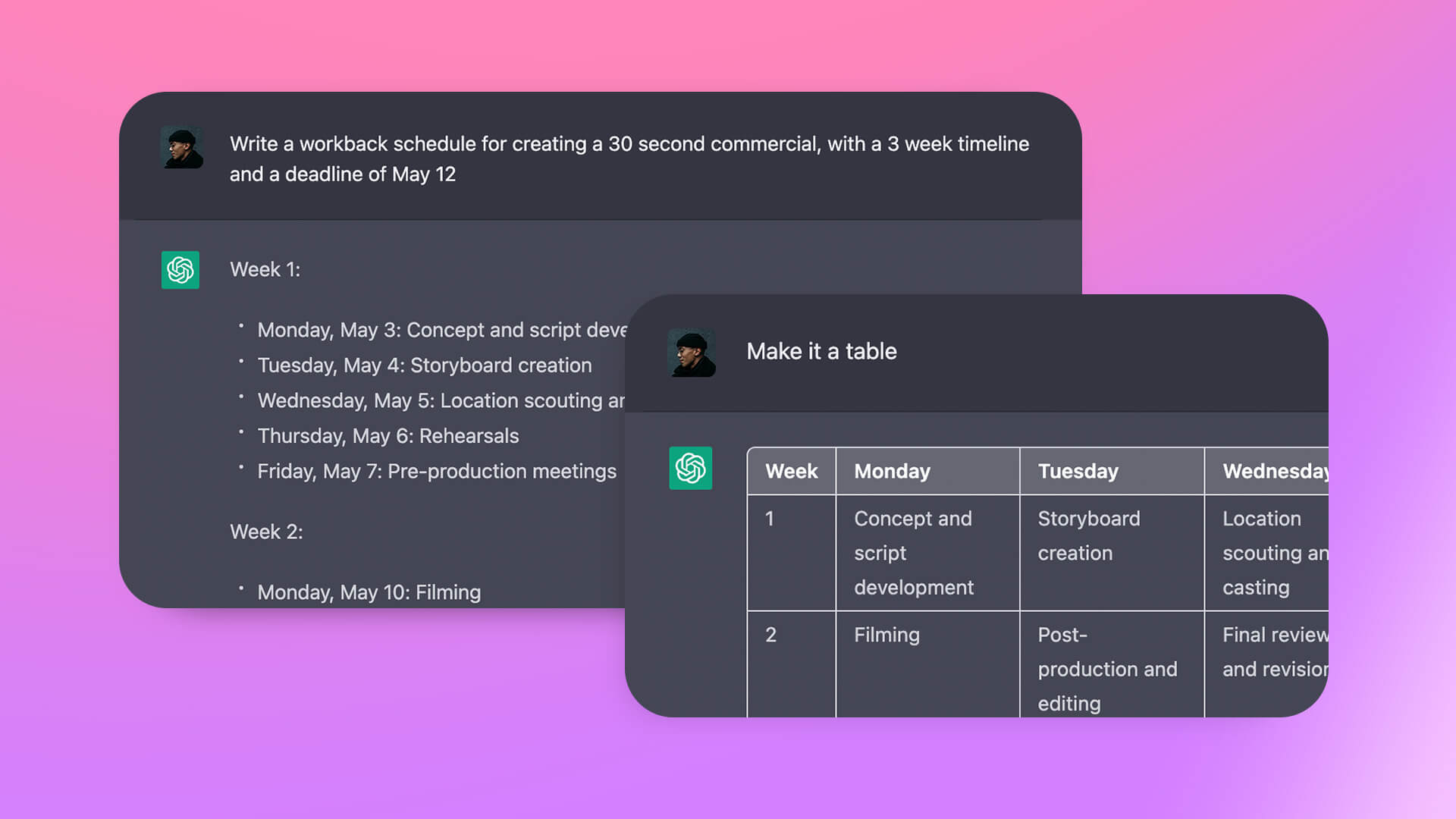
Developers or users can use a succession of messages reflecting a user or model input in the dialogue to arrange ChatGPT prompts. ChatGPT prompts might contain specific instructions, questions, or context-setting states to direct the model's knowledge and produce more pertinent replacements.
For achieving desired results and participate in meaningful conversations using ChatGPT, it is crucial to provide effective ChatGPT prompts.
Suggested Reading:
ChatGPT Prompts: The Secret Sauce of High-Performing Chatbots
Optimization and Fine-Tuning of ChatGPT
Ever wondered how ChatGPT, the AI powerhouse, fine-tunes its performance? This section takes you on a thrilling adventure into optimization and fine-tuning, exploring the magic behind neural networks and finding that sweet spot between generalization and overfitting.
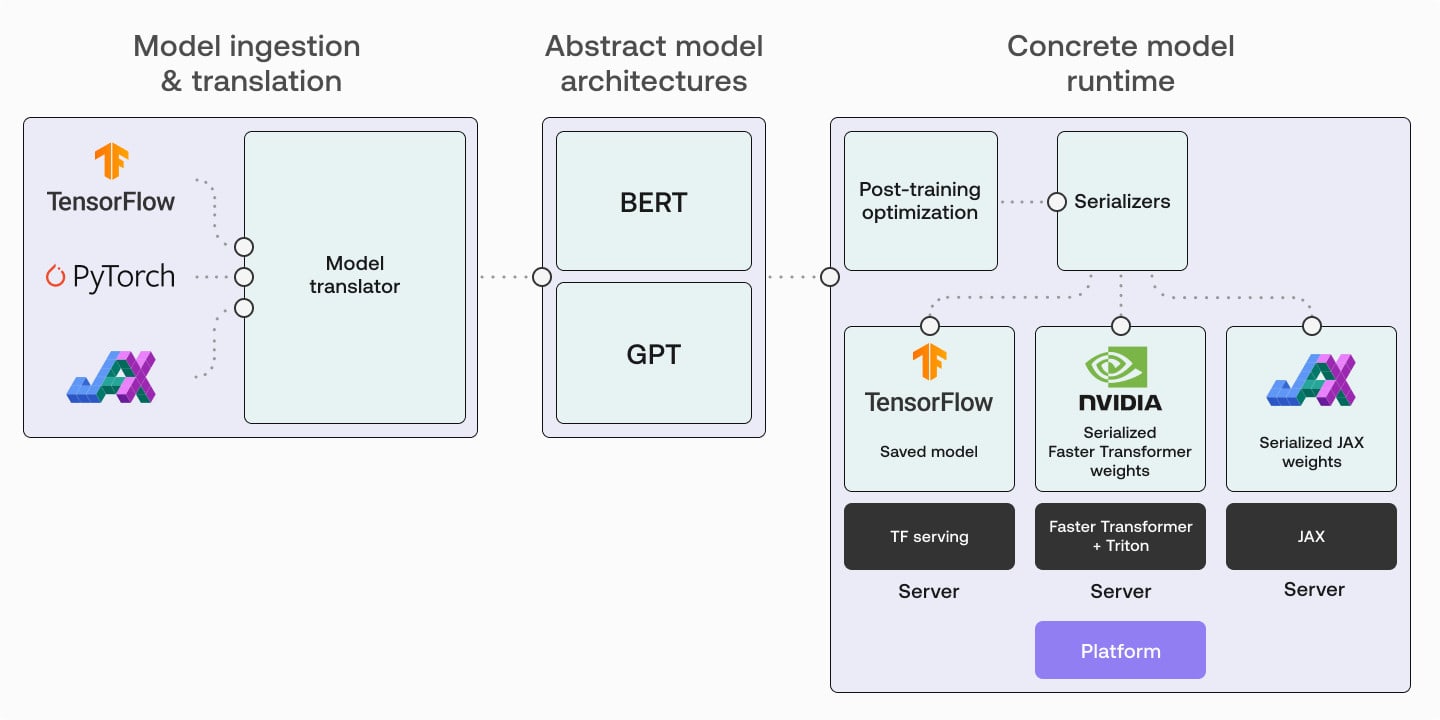
Unleashing Neural Network Optimization
Neural networks are the backbone of AI, and optimizing them is crucial in unlocking their true potential.
Through backpropagation, neural networks adjust their weights and biases based on the input data to minimize errors and improve their predictive capabilities.
It's like a never-ending quest for the perfect recipe. At the same time, ChatGPT's neural network ingredients are fine-tuned to achieve the best outcomes.
Generalization vs Overfitting
When training an AI model like ChatGPT, finding the right balance between generalization and overfitting is paramount. Generalization is the model's ability to perform well on unseen data by capturing the underlying patterns and concepts.
On the other hand, overfitting occurs when the model becomes too specialized in the training data and fails to generalize well. ChatGPT walks this tightrope through meticulous optimization, ensuring it performs admirably without getting too caught up in the specifics.
Fine-Tuning with Hyperparameters
To optimize ChatGPT's performance, OpenAI fine-tunes its hyperparameters. Hyperparameters are the settings that govern the model's learning process, such as learning rate, batch size, and model architecture.
By carefully adjusting these hyperparameters, OpenAI strikes the perfect balance between efficiency and accuracy. It unlocked ChatGPT's full potential and delivered exceptional performance across various use cases.
This dance of optimization and fine-tuning allows ChatGPT to flex its AI muscles. Thus it engages users with intelligent and human-like conversations. The meticulous tweaking of neural networks and hyperparameters ensures that ChatGPT is always ready to dazzle and impress. This feature makes it one of the leading champions of AI technology in today's world.
Evaluation of ChatGPT
Hey there! So, you're probably wondering how we measure the performance of ChatGPT. Well, let me give you the lowdown.
How Performance is Measured
First off, we use a set of automated metrics to evaluate ChatGPT's performance. We consider perplexity, which measures the model's ability to predict the next word, and the F1 score, which measures the model's accuracy in answering questions. And the BLEU score, which measures its ability to generate responses that are similar to human-generated responses.
Limitations of Automated Metrics
While automated metrics help measure ChatGPT's performance, they have limitations.
Subjectivity
For instance, metrics like the F1 score can be subjective, especially when evaluating responses to open-ended questions. A user may perceive a response as correct even if it doesn't match the exact phrasing of their inquiry.
Lack of Context
Also, automated metrics may not consider contextual factors such as sarcasm, humor, and cultural references.
It can lead to ChatGPT generating inappropriate or insensitive responses, despite an otherwise high score on metrics like perplexity and BLEU.
Over-reliance on Metrics
Finally, it's important to note that over-reliance on metrics can also limit our ability to perform more nuanced evaluations of ChatGPT's performance.
Sometimes, the best way to evaluate a model is to explore its outputs, listen to user feedback, and use our intuition and expertise.
Results and Performance of ChatGPT
Curious minds, we're diving into the fascinating world of ChatGPT's performance. Let's break it down, shall we?
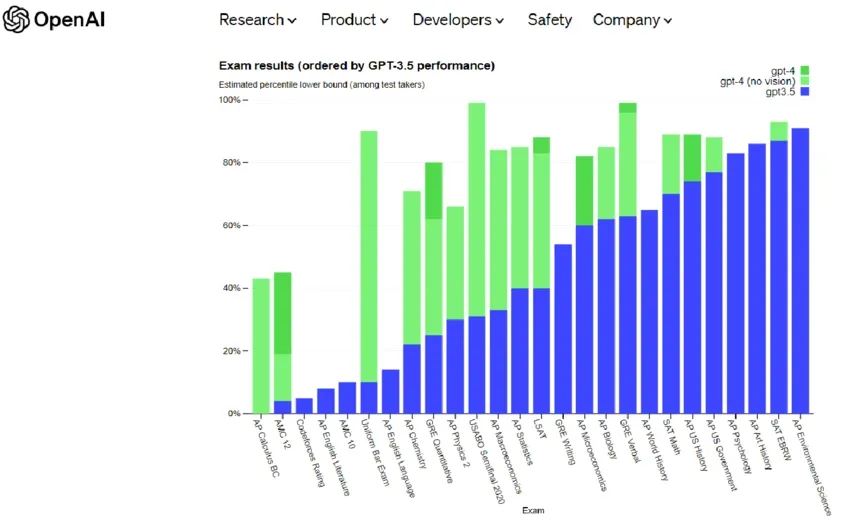
Accuracy of ChatGPT
I'm thrilled to report that ChatGPT has shown impressive accuracy in various tasks. It has been fine-tuned to excel at understanding and generating human-like text. The model achieves high scores on metrics like perplexity. It measures how well it predicts the next word.
The F1 score evaluates its ability to answer questions accurately. This accuracy makes ChatGPT a reliable conversational partner.
Naturalness and Coherence
When it comes to the naturalness and coherence of conversations, ChatGPT shines. It generates smooth responses, making interactions with users feel more human-like.
Its ability to understand the context of the test and maintain coherence gives it a competitive edge over other models.
Limitations in Real-World Scenarios
As impressive as ChatGPT is, it still has its limitations. Real-world scenarios can be complex and unpredictable. It can sometimes challenge the model's performance. It may generate responses that are plausible but only sometimes accurate or appropriate.
Contextual cues, like sarcasm and cultural references, might need to be noticed, leading to misunderstandings.
Despite these limitations, ChatGPT continues to evolve and improve with each iteration. Developers are constantly working to address these challenges and make ChatGPT even more reliable and robust.
Potential Applications of ChatGPT
ChatGPT has potential use cases in various industries, including healthcare, e-commerce, education, customer service, and finance. Here are some examples:
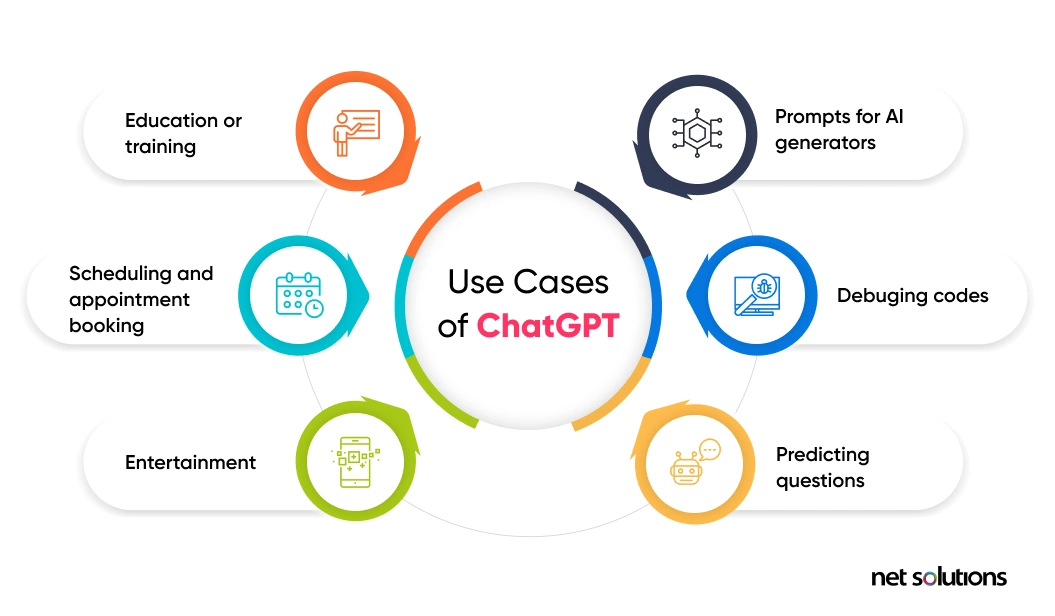
Healthcare
ChatGPT can communicate with patients about their health and medical conditions. The model can provide relevant information on symptoms, treatments, and medications and schedule appointments and reminders.
E-commerce
ChatGPT can be integrated into e-commerce websites to assist customers with product recommendations and answer product questions. It can also provide support throughout the purchase process.
Education
ChatGPT can assist students with their studies by answering questions, providing feedback on assignments, and facilitating online discussions.
Customer Service
ChatGPT can provide customers with 24/7 support by answering faqs and troubleshooting issues. It can also assist by assisting with product returns or exchanges.
Finance
ChatGPT can be used to personalize investment advice and manage day-to-day banking-related inquiries.
Data Science
With the power to understand and generate human-like text, ChatGPT can assist data scientists in developing and enhancing NLP models.
Data scientists can train language models for sentiment analysis, entity recognition, and document classification tasks by engaging in conversations.
Conclusion
In conclusion, the training process of ChatGPT is truly the magic of AI. By utilizing a massive dataset consisting of a mix of licensed text, online text, and in-house technical writings, OpenAI has ensured that ChatGPT is armed with an extensive knowledge base.
With over 6 billion parameters, ChatGPT showcases the power of deep learning and NLP. The remarkable fact that ChatGPT generates coherent and contextually relevant responses, even when faced with creative and challenging prompts, is a testament to its prowess.
As we continue to witness advancements in AI technology, ChatGPT stands as a shining example of the immense potential of language models in understanding and generating human-like text.
Frequently Asked Questions (FAQs)
How is ChatGPT trained, and what data is used?
ChatGPT gets trained using a method called unsupervised learning. It is trained on a vast amount of publicly available text from the internet to learn patterns and language structures.
What neural network architecture is used to train ChatGPT?
ChatGPT uses a transformer architecture, specifically the GPT (Generative Pre-trained Transformer) architecture. This feature enables it to process and generate text fluently and coherently.
How is ChatGPT fine-tuned for specific tasks?
After pre-training, ChatGPT undergoes a process called fine-tuning. Here, it gets trained on specific datasets related to the desired task. This fine-tuning helps customize the model's behavior and performance for particular applications.
What techniques are used to improve ChatGPT's performance?
Various techniques, such as masked language modeling, next-sentence prediction, and self-attention mechanisms, enhance ChatGPT's performance. Thus allowing it to understand context, generate coherent responses, and improve language comprehension.

